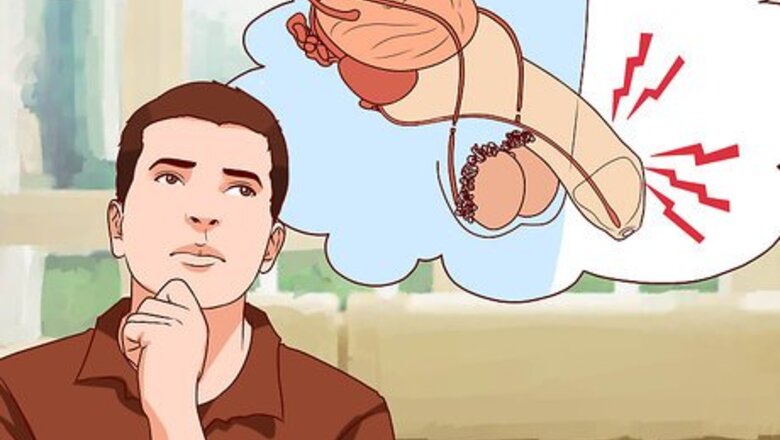
views
Checking for Signs of Gonorrhea and Chlamydia
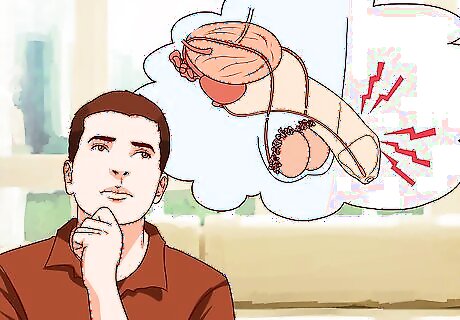
Know that the symptoms of gonorrhea and chlamydia may not be obvious. You or your partner may have all, some, or none of these symptoms. Gonorrhea and chlamydia are bacterial infections. Symptoms gonorrhea typically arise within 10 days after exposure; symptoms of chlamydia typically arise one to three weeks after exposure. Gonorrhea and chlamydia can both infect the genital tract, eyes, mouth, pharynx, and anus.
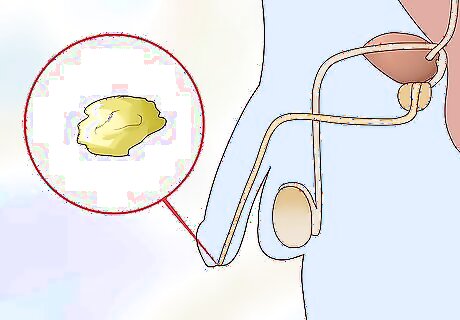
Check your penis for signs of discharge. If you have chlamydia or gonorrhea, you may notice a lot of discharge coming from your urethra. That discharge might be yellow, green, thick, bloody, or cloudy. Discharge from the penis is not a normal occurrence, but its presence does not necessarily mean you have an STI. The only way to find out for sure is to visit a healthcare provider and be tested.

Notice if you have pain or a burning sensation while urinating. Infection of the urethra by gonorrhea bacteria can cause inflammation of the urethra. This, in turn, can cause pain or a burning sensation.
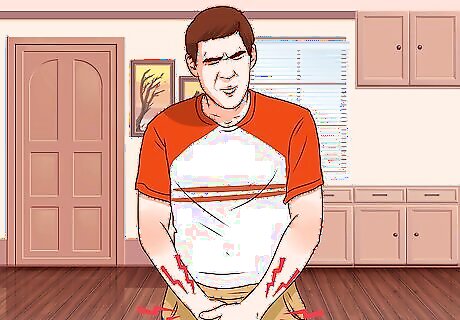
Palpate (feel) your testicles. If they are tender, painful, or swollen, seek medical attention. This can be a symptom of gonorrhea, chlamydia, or another disease.
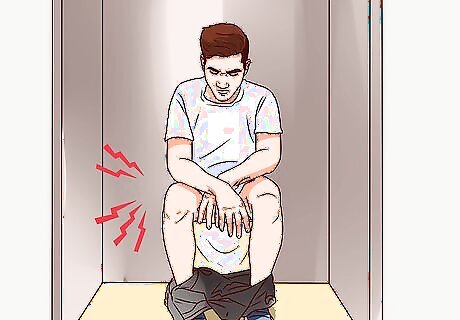
Check for symptoms of anal gonorrhea or anal chlamydia infection. These include itching of the anus, pain when having a bowel movement, anal soreness, anal bleeding, swollen prostate, and anal discharge.
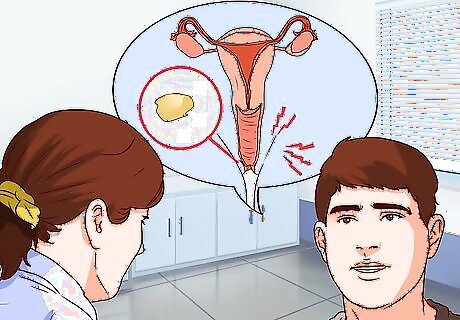
Have your partner check themselves for symptoms. If your partner has symptoms of gonorrhea or chlamydia (even if you do not show symptoms), you should both seek medical treatment. If your partner has a penis, follow the same checks as listed above. If your partner has a vagina, follow the guidance listed below: Check for increased vaginal discharge, or discharge that is not a typical color, odor, consistency, or appearance. This can be a symptom of gonorrhea or chlamydia infection. Check for pain or burning when urinating. This can be a sign of gonorrhea or chlamydia infection. Women can also get anal gonorrhea or anal chlamydia. The symptoms include itching of the anus, pain when having a bowel movement, anal soreness, anal bleeding, and anal discharge. Vaginal bleeding between periods can also be indicative of gonorrhea infection.
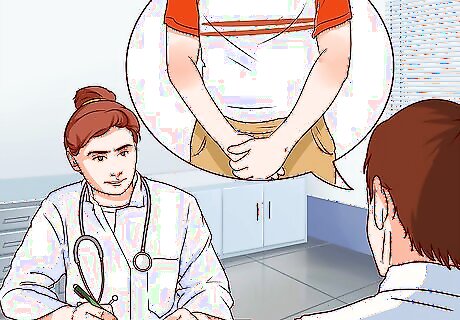
Seek medical care if you have any of the symptoms mentioned. Gonorrhea and chlamydia can cause permanent damage to your body if left untreated.
Checking for Signs of Syphilis
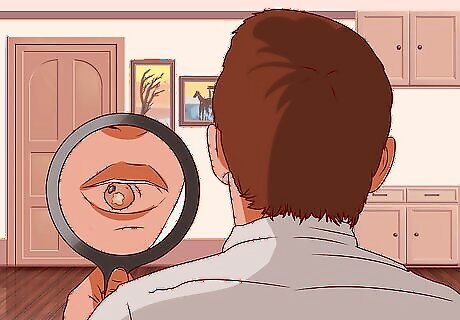
Check your genitals, mouth, and anus for primary syphilis sores. (Have your partner check themselves as well.) The sores often appear as open, wet ulcers, or painless sores. These sores, caused by infection with syphilis bacteria, typically appear between 10 days and three months after exposure. They appear on the region of the body infected (such as the penis, vagina, tongue, lips, anus) and heal up, though the disease remains in the body. Secondary syphilis can reappear later on.
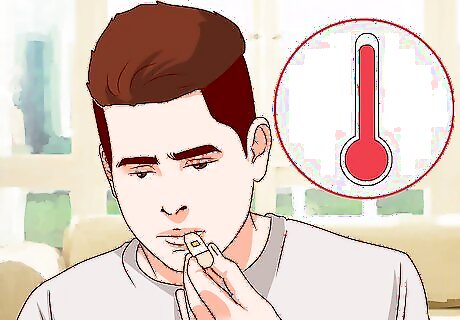
Evaluate yourself for signs of secondary syphilis. These symptoms begin three to six weeks after the disappearance of the primary syphilis sore and include: Rash with ¾ inch red or brownish sores — This is the most classical sign of secondary syphilis. The rash is characterized as a rash (a flat, red area covered with bumps) over the trunk and extremities that includes the palms and soles of the hands and feet Fever Headache Sore throat Anorexia Muscle pain Weight loss Alopecia Gastrointestinal Findings Musculoskeletal Problems Neurological and Ocular Findings Swollen lymph nodes General feeling of malaise
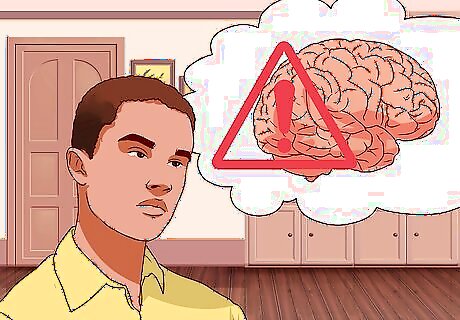
Be aware that syphilis may, at any point in the course of the infection, spread to the nervous system. This is dangerous and can cause neurological symptoms including uncoordinated movement and changes in behavior. In addition, secondary syphilis can lead to tertiary syphilis, which may spread to organs including and cause life-threatening complications. Neurosyphilis is difficult to diagnose and usually spinal fluid must be tested to confirm.
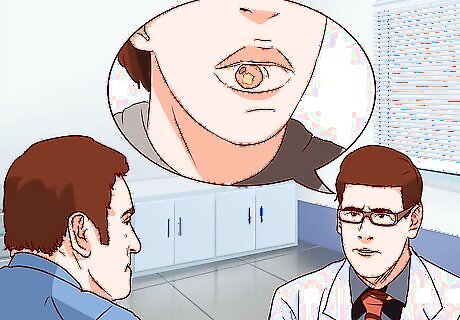
Seek medical care if you have any of the symptoms listed above or suspect you may have syphilis. This is a dangerous disease that can cause permanent damage and even death if left untreated. Talk to your doctor immediately and get tested.
Checking for Signs of Genital Herpes
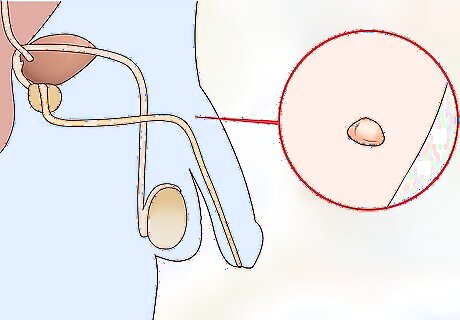
Look for red, open sores; blisters; or small, red bumps in the genital or anal areas. Sores can appear on the penis, scrotum, and even inside the urethra. Genital herpes is a viral infection caused by herpes simplex virus (HSV). This classically causes a painful sore on the penis or vagina. Though outbreaks of genital herpes can be managed with medication, once a person is infected, they will always carry the virus in their body.
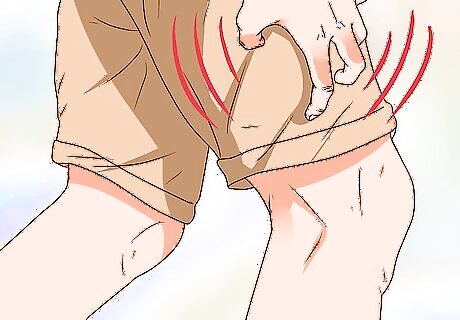
Note any pain or itching in the genital region, thighs, buttocks, or anus. Itching is typically the first symptoms of a herpes infection. Herpes sores are also painful, which can help you differentiate herpes from other conditions.
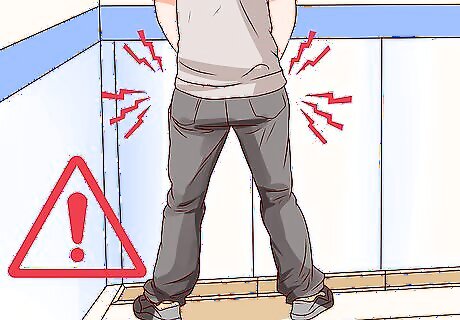
Be aware of discomfort when urinating. Herpes sores can occur inside the urethra, making urination painful.
Checking for Signs of Human Papillomavirus (HPV) and Genital Warts
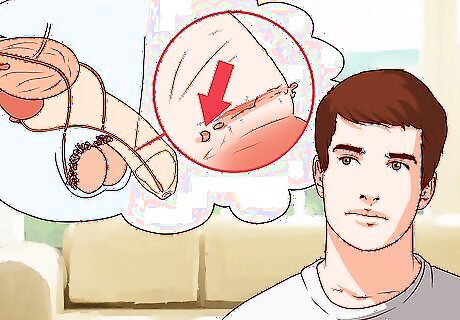
Know that there are many types of HPV. The kinds that cause cancer are not the same kinds that cause genital warts. There is also no way to test for the presence of HPV in men.
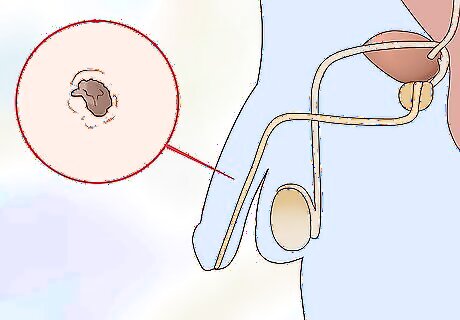
Examine your penis for small flesh-colored or gray-colored wart-like lesions. Individual genital warts are often small — less than 1 millimeter in diameter; however, they may multiply and several can grow in close proximity to each other. This can cause the warts to look like cauliflower. The warts can be located in and around the genitals, anus, and in the mouth and the back of the throat.

Note any bleeding after sexual intercourse. This can be a sign of genital warts or another condition.
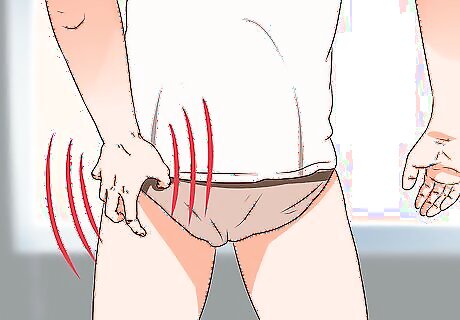
Be aware of itching or pain in the genital region, on the buttocks, or in the mouth. These signs can point to genital warts or another STI.
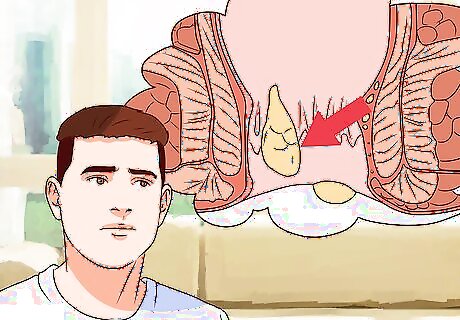
Understand that there are typically no symptoms from infection by the types of HPV that can cause cancer in men and in women. In men, these types of HPV can cause penile, anal, or oropharyngeal cancer. In women, these types of HSV can cause cervical, anal, or oropharyngeal cancer. There are vaccines that can prevent infection with some types of HPV that cause cancer or genital warts. Men between the ages of nine and 26 are approved to receive HPV vaccines Gardasil and Gardasil.
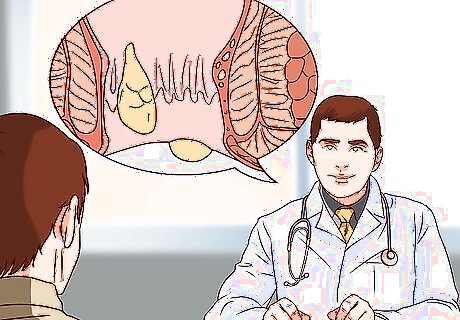
Seek medical care if you have any of the symptoms listed above. Your healthcare provider can prescribe medications to treat genital warts, and can advise you about cancer risk if you have a cancer-causing type of HPV.
Following the Recommended Screening Guidelines
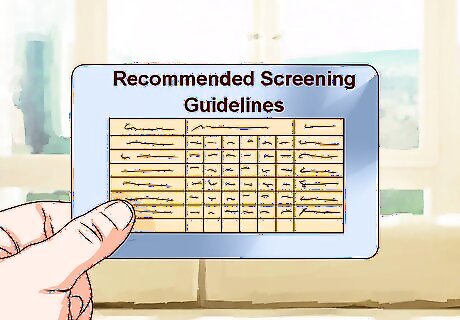
Make sure that you and your partner are following the recommended screening guidelines for STIs. If your partner is a woman, there are certain tests she should get on a regular basis. If your partner is a man, he should be screened for certain STIs. These tests can tell you if you or your partner have an STI, allowing you to take proper precautions and to seek treatment. Some STDs, including HIV, Hepatitis B, and Hepatitis C usually do not present with symptoms early on, so they must be detected on a blood test. These guidelines are just that — a guide. You should discuss all testing and risk factors with your healthcare provider, and they will help you adjust screening accordingly. Make sure your partner is also tested and treated accordingly.
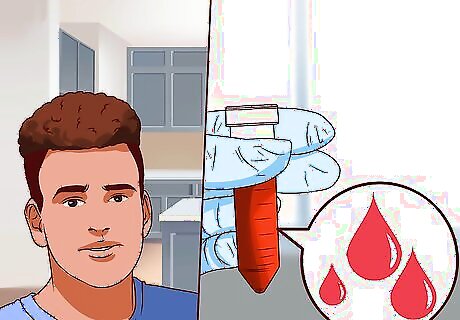
Get tested for human immunodeficiency virus (HIV) at least once in your life between 13 – 64 years of age. Men who have sex with men should be tested at least yearly, if not more frequently.

Get tested for gonorrhea and chlamydia yearly if you are under 25 years old, or if you have new or multiple sex partners. Having multiple sex partners puts you at an increased risk for STIs.
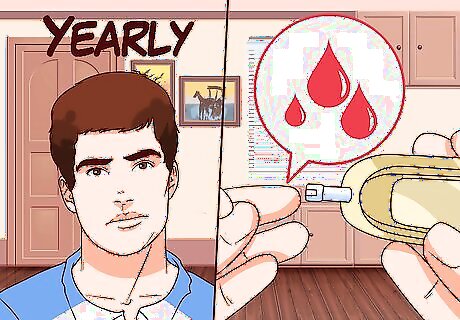
Get tested for syphilis, gonorrhea, and chlamydia yearly if you are a man who has sex of any kind with other men. Men who have multiple and/or anonymous partners should be tested more frequently.




















Comments
0 comment